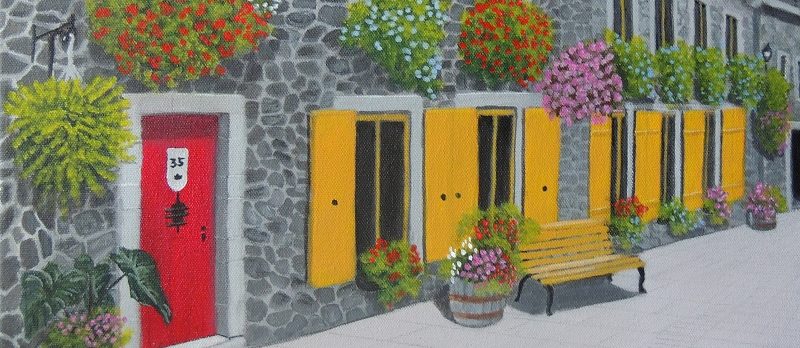The Psychology of Color
- Comments Off on The Psychology of Color
- Sep, 09, 2021
- By Lisa MacDonald
- Acrylic Art, Charcoal/Graphite/color pencil

THE PSYCHOLOGY OF COLOR
Just as color scheme in a painting creates mood and visual appeal, colors in marketing and branding have a psychology to it. Keep in mind that even though color psychology has been studies for years the debate continues about the exact impact on human psychology.
HERE ARE SOME SAMPLES OF PSYCHOLOGY IN MARKEING:
Red Color Psychology:
Red is an attention getting color associated with power, passion, danger, energy and action. Because it is associated with danger it should be used sparing in marketing or on a website and limited to a call to action.
Orange Color Psychology:
Orange represents creativity, adventure, enthusiasm and balance. Although not as commanding as red it can still be used to call attention to something important.
Yellow Color Psychology:
Yellow is that sunny color that evokes happiness, positivity, optimism and summer but can also warn of deceit. Sprinkling a little yellow around your marketing page or website helps to give a positive impression.
Pink Color Psychology:
Pink is primarily a feminine color that is playful, maybe immature or maybe youthful. This is a color to be used with discretion depending on your message.
Green Color Psychology:
Green is connected to nature and money, health, fertility, environmentally safe and generosity but also carries the negative associations with envy.
Blue Color Psychology:
Blue is the color of trust, stability, harmony, peace and calm. The negative side is depression and coldness.
Purple Color Psychology:
Purple is the royal color connecting it to power, nobility, luxury, wisdom and spirituality. Some people perceive too much purple as arrogant so use it sparingly.
White Color Psychology:
In Western culture white has been associated with innocence, goodness, cleanliness and humility. In other cultures, the opposite is true. However, in marketing and web design white is a necessary background that shows off black text best. White space also makes a page or marketing add look organized.
Black Color Psychology:
Black is symbolic of mystery, power, elegance and sophistication but it is a color that can also evoke emotions of sadness and anger.
Grey Color Psychology:
Grey represents neutrality and balance but has negative connotations when it comes to depression and loss.
Brown Color Psychology:
Brown is an earthy color that relates to comfort and security.
CONCLUSION:
There are misconceptions about color psychology that may be due to many variables. Perhaps people see colors differently depending on personal preference, experiences, cultural differences, gender and so on.
The color psychology is just another tool used to brand our websites, marketing material or websites. There are no hard and fast rules so consider the impression or mood you want to set, experiment and have fun.
